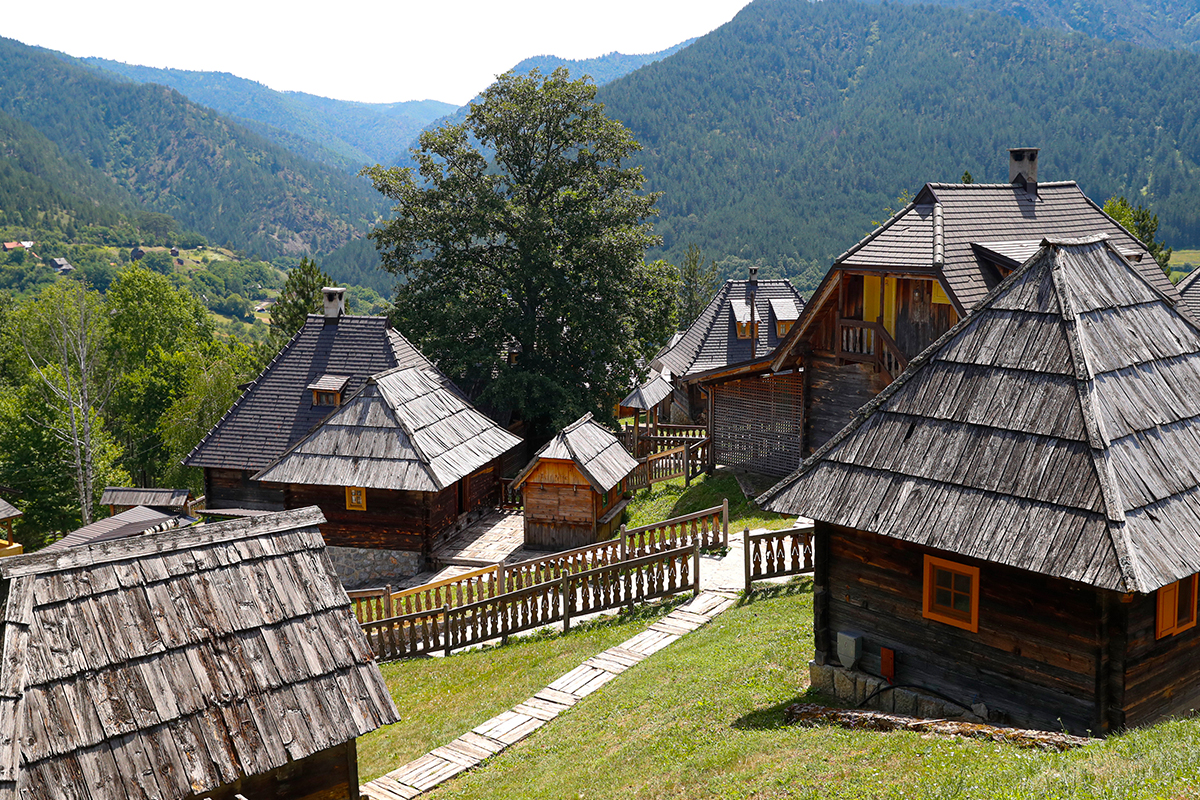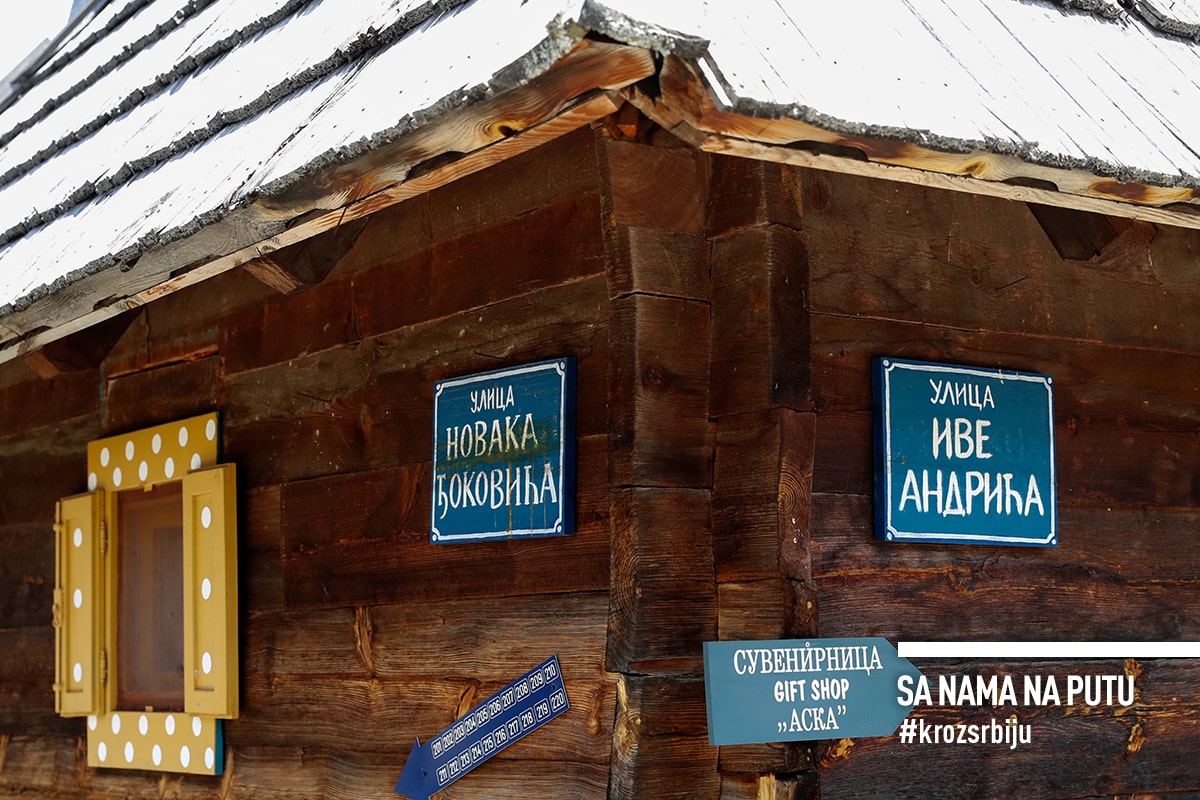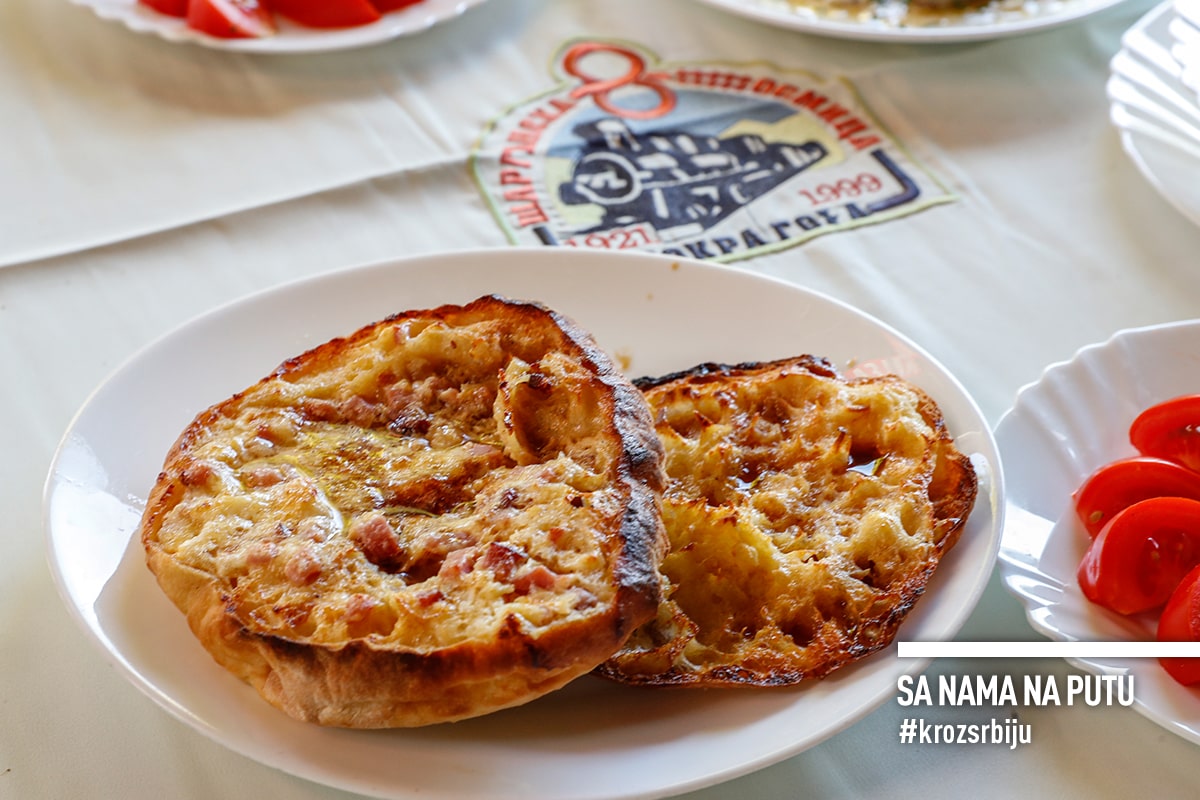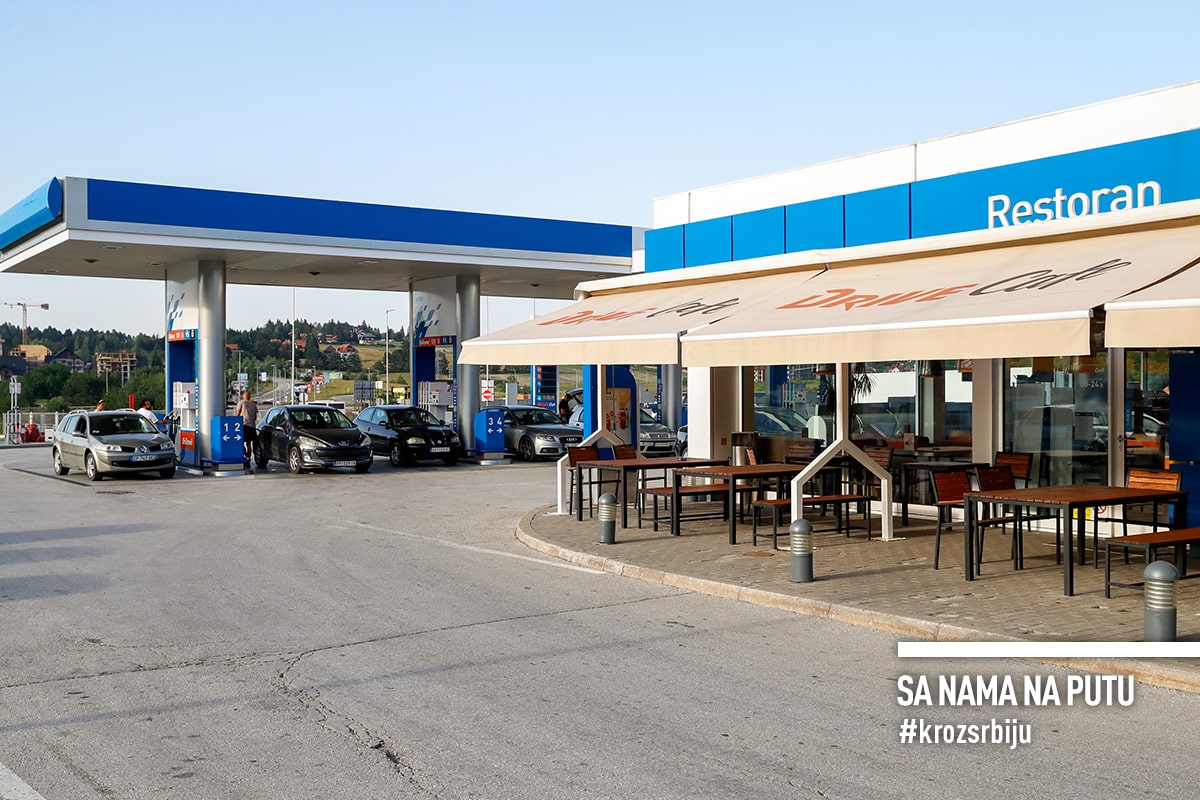“One can hardly find a daybreak as beautiful as in Mokra Gora,” claims a landscape lover. Undoubtedly so, as the area comprising the Mount of Šargan and the village of Mokra Gora was declared a Nature Park in 2004. This beautiful place, which seems to be embraced by the Tara and Zlatibor mountains, is crisscrossed by the Beli and Crni Rzav rivers, their rapids and waterfalls. It is also blessed with healing waters, a diverse relief, which is overgrown with medicinal herbs and dense forest. The words of the local poet, Mihailo Ćupović, provoke curiosity and encourage us to explore these divine landscapes. One thing is clear even without any verification: Western Serbia is a realm of abundant scenic beauty and it never disappoints the visitors.

Why visit Mokra gora and Višegrad
Visit the village of Mokra Gora and the city of Višegrad. Reasons are aplenty. Here are the most significant ones:
1. Mećavnik is the art of living
This entire area was conceived by the celebrated film director Emir Kusturica during the filming of his “Life is a Miracle” movie. “As a fortress that defends itself from all the poisons of society. As confirmation that home can be found again”. He turned a dream into reality, creating the village of Drvengrad on the Mećavnik hill, between the Tara and Zlatibor mountains. This village is studded with wooden houses made of pine logs, from which Dinaric type log cabins were built. Those original houses were dismantled and fetched from the surrounding area and the Republika Srpska, and now they have been outfitted for a comfortable stay. This village has all the features and amenities of an urban settlement – the main square, catering facilities, a hotel, and a log church dedicated to Saint Sava. There is also a gallery, a bookstore, a cinema, and a folk crafts shop. There is even a prison. A symbolical one. Kusturica-style! From behind the bars of this prison, we spot the gaze of two men, whom you will definitely recognize. We didn’t find out if there were some other villains keeping them company, because we didn’t set foot in the dungeon. This village pays a due tribute to the personalities, whom its host considers great men and friends. The main street is named after Ivo Andrić, Serbia’s acclaimed Nobel Prize-winning writer. Visitors can also walk the alleys named after Nikola Tesla, Diego Maradona, Novak Djokovic, and great film and literary creators. The names of famous Serbs and foreigners, names and characters of famous written and film productions are highlighted everywhere.

Living here is in harmony with nature. Like a small farm, everything necessary for life is grown and produced. Fruits from the surrounding fields and orchards, and produce from greenhouses and stables are brought to the table, called the Serbian table in the household, similar to the abundance of the Swedish table, otherwise known as the smorgasbord, except that people sit at this Serbian table and eat organically. Culture defends itself against modern social scourges. It hosts the famous Kustendorf Film Festival, the Bolshoi Music Festival, the Autumn Theater Festival, the May Writers’ Festival, and various cultural events. National architecture and the natural environment have embraced certain achievements of the modern world, only for the comfort and needs of visitors. The visitors ready to indulge themselves also have a heliport at their disposal, just in case they require a quick arrival and an even faster departure. In the spirit of a healthy life, we offer a gym, a basketball pitch, tennis courts, and a swimming pool.

In winter, when the snow covers the mountain, just eight kilometers away from the Drvengrad, a narrow paved road uphill leads to the “Iver” ski resort on the eponymous top of the beautiful Tara Mountain. The church of St. John the Baptist is nearby as well. This most recently built structure, surrounded by a flower garden, amidst a forest, is on the left bank of the Kamešina River. There is also a healing water spring Bele Vode. Locals claim that it is unique in Serbia and very rare in the world. Nature and health abound in “the city that looks as if it has always been lived in, but never was”. That is how its creator describes this place, Emir Kusturica, who made his home right here.
2. The “Šarganska Osmica” railway loop is the route of the last narrow-gauge train in Europe, which was called “Ćira”
The famous “Ćira” provided a railway service from Belgrade to Dubrovnik via Sarajevo over thirty bridges and through countless tunnels and mountain gorges. It was between 1925 and 1974, when “Ćira” was driven into retirement. At the suggestion of a group of enthusiasts, the then state-owned Railway Administration in Belgrade revived one section of the unique railway in 2003, for tourist purposes. Today, a romantically entitled Nostalgia steam train again whistles its way through the slopes of the Šargan Mountain along the 760 millimeters-wide only narrow-gauge railway in Europe. The form of the loop gave the name to the entire enterprise: the “Šarganska Osmica” or the figure-eight-shaped railway loop of the Šargan Mountain. The train treads along more than 15 kilometers from the station in the Mokra Gora village to the Šargan Vitasi station and back, passing through 22 tunnels and over five bridges and overcoming altitude changes of 300 meters.

A diverse and colorful world. A spare ticket is always in demand, but there is no under the counter trade going on here. First come is first served is the principle here. The fastest ones eagerly board the carriages, each with a different arrangement of wooden benches and seats. Antique, but as good as new. Clean and tidy. Nostalgia has beeped and the romance begins. The public address system with a pleasant voice speaks to passengers in Serbian and English, revealing the most important information, and then the music starts, homey, recognizable. Sounds of trumpets, accordions and flutes. During the approximately 150-minute drive, the train rests at several stops. Every single one has its own unique features.
From the “Krst” lookout point, you might be able to see the famous figure eight-shaped railway track loop. Another stop features the so-called “Crazy Stone” where the first marriage proposals take place. No ticket was ever sold at the Jatare station, however it has a waterfall for refreshment, and the “Golubići” station was constructed just for the filming of the “Life is a Miracle” movie. You can see all sorts of unusual things here, in the style of Professor Emir. The landscapes along the way are surreal; the nature is breath-taking and wild. Old railway cars and locomotives are placed along the railway line as an open-air museum-historical space. Exciting, romantic and certainly nostalgic. A somewhat older passengers evoke their carefree childhood, recalling the famous song about the panting and the hot, chirping locomotive called ‘Iva’. They fulfilled their childhood dream of taking a ride on one of these. It seems that there are more foreigners than locals. News about good things travel far. The Japanese are especially conspicuous and nice, a group of young people, visibly excited and curious, frantically making selfies and snapshots, walking around in a hurry so as not to miss something in all that scurry hurry. Small wonder. They arrived from a country boasting fast “bullet” trains, for them this is pure exoticism. Probably also for many people from the West. So, they, overwhelmed by the scenery, smile in the original environment of “Ćira”, which trundles along the slopes and curves. Although we are used to all kinds of circumstances, we share impressions. We are still deeply proud of our iron winding wonder.

The “Šargan Eight” is a great example of how antiquity can be torn from oblivion and transformed into history that lives and is admired. Once an architectural feat, today it is a masterpiece that provides an unforgettable and unique experience.








